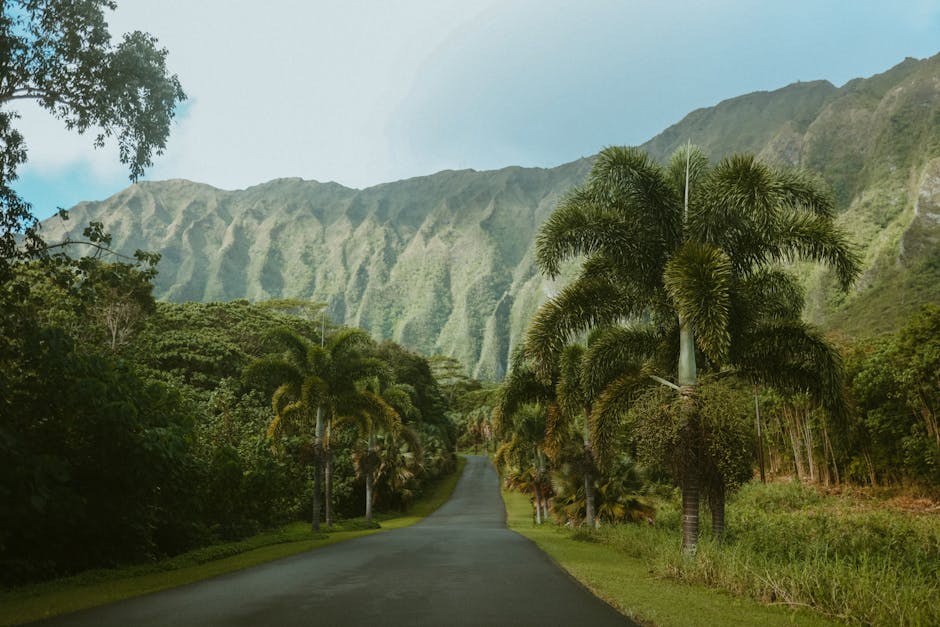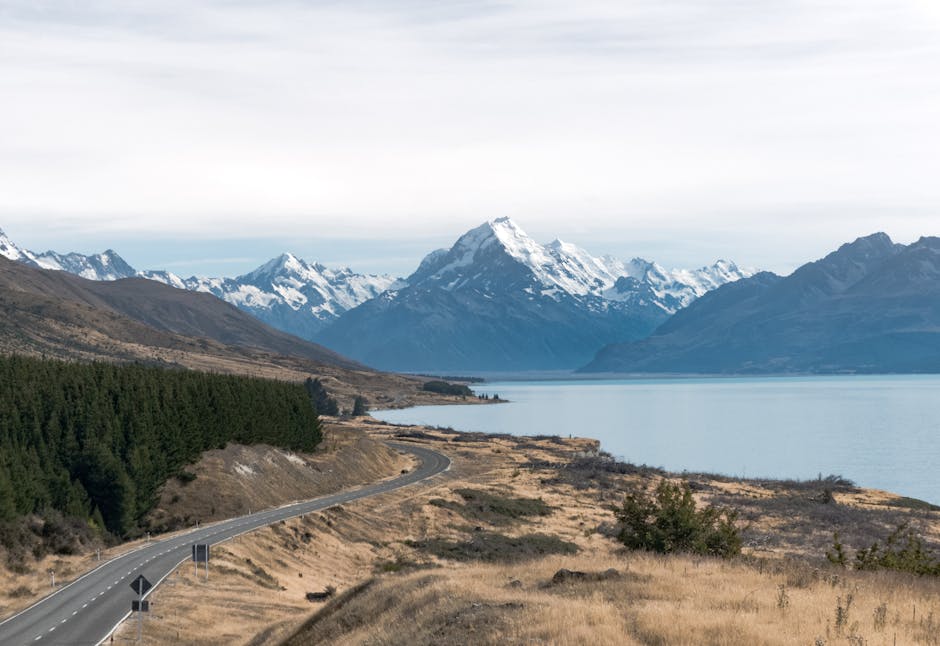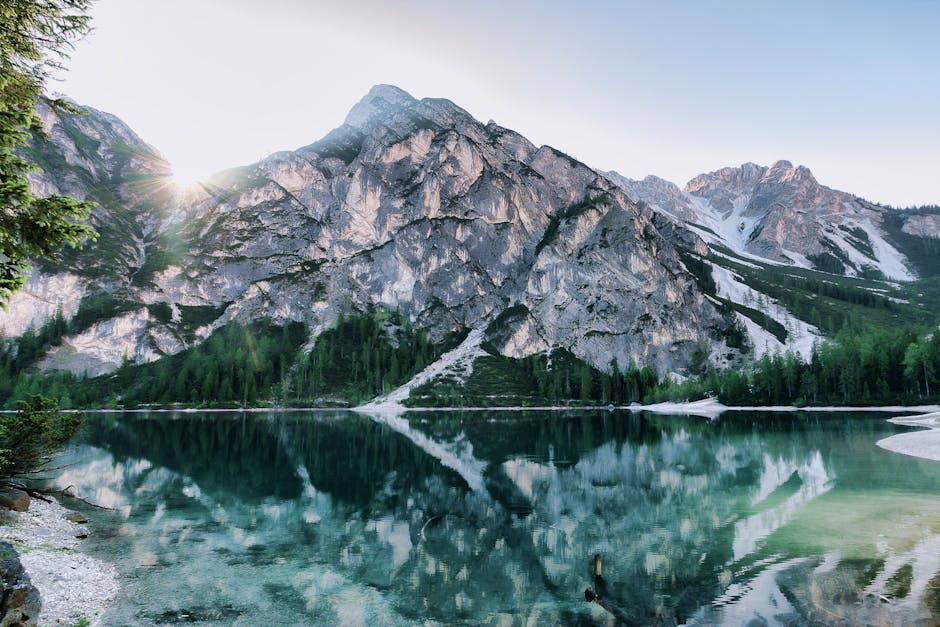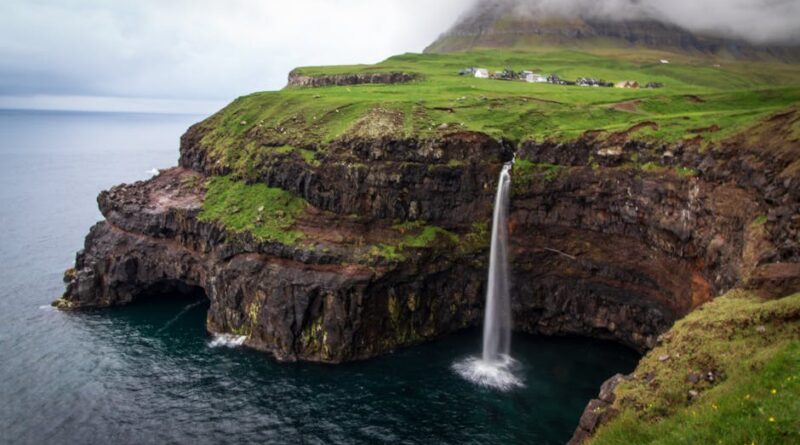Exploring Remote and Serene Travel Spots
Are you tired of the crowded tourist destinations, long lines, and bustling cities? Do you crave a sense of peace, tranquility, and solitude in your travels? If so, exploring remote and serene travel spots might be the perfect solution for you. Imagine waking up to the sound of nature, breathing in the fresh mountain air, or gazing at the stars in a remote location far from the chaos of everyday life. In this article, we will delve into the world of remote and serene travel spots, uncovering hidden gems, off-the-beaten-path destinations, and untouched natural beauty. Let’s embark on a journey to explore the road less traveled.
The Allure of Remote Travel

Remote travel holds a special allure for many travelers. The idea of getting off the grid, disconnecting from technology, and immersing oneself in nature is incredibly appealing. Remote destinations offer a sense of adventure, discovery, and authenticity that is often lacking in popular tourist destinations. Whether it’s a secluded beach, a remote mountain village, or a wilderness retreat, remote travel allows us to slow down, savor the moment, and appreciate the beauty of our surroundings.
One of the main advantages of exploring remote travel spots is the opportunity to connect with nature on a deeper level. Away from the noise and distractions of modern life, we can truly appreciate the natural world, from the majestic mountains to the pristine beaches. Remote travel also provides a sense of solitude and introspection, allowing us to reflect on our lives, priorities, and values. In a world that is increasingly connected and fast-paced, remote travel offers a much-needed respite from the chaos of everyday life.
Hidden Gems and Off-the-Beaten-Path Destinations

When it comes to remote and serene travel spots, there are countless hidden gems and off-the-beaten-path destinations waiting to be discovered. From remote islands in the Pacific to secluded mountain villages in the Himalayas, the world is full of remote travel spots that offer a unique and unforgettable experience. These destinations are often less crowded, more authentic, and brimming with natural beauty.
One example of a hidden gem is the Faroe Islands, a remote archipelago located in the North Atlantic Ocean. With dramatic cliffs, rugged landscapes, and colorful fishing villages, the Faroe Islands offer a truly off-the-beaten-path experience. Visitors can hike along scenic trails, spot puffins nesting on sea cliffs, and explore ancient Viking ruins. The Faroe Islands are a paradise for nature lovers, photographers, and adventure seekers looking to escape the crowds and immerse themselves in a pristine natural environment.
Another hidden gem is the Atacama Desert in Chile, often referred to as the driest place on Earth. This remote and otherworldly landscape is home to salt flats, geysers, and lunar-like rock formations. Visitors to the Atacama Desert can stargaze at some of the clearest skies in the world, hike to remote lagoons, and marvel at the surreal beauty of the desert. The Atacama Desert is a place of stunning contrasts, where barren expanses of sand meet snow-capped volcanoes, creating a surreal and unforgettable landscape.
Unspoiled Nature and Wilderness Retreats

For those seeking a deeper connection with nature, wilderness retreats and unspoiled natural landscapes offer a unique and transformative travel experience. These remote and serene travel spots allow us to disconnect from the distractions of modern life and immerse ourselves in the beauty and tranquility of the natural world. Whether it’s a remote eco-lodge in the rainforest, a wilderness camp in the mountains, or a secluded beach bungalow, wilderness retreats offer a chance to reconnect with nature and ourselves.
One example of a wilderness retreat is the Tarkine Wilderness in Tasmania, Australia. This remote and pristine wilderness area is home to ancient rainforests, wild rivers, and rugged coastline. Visitors to the Tarkine Wilderness can hike through old-growth forests, kayak along untouched rivers, and spot unique wildlife such as Tasmanian devils and wedge-tailed eagles. The Tarkine Wilderness is a place of incredible biodiversity and natural beauty, where visitors can experience the raw power and majesty of the natural world.
Another example of a wilderness retreat is the Okavango Delta in Botswana, known as the “jewel of the Kalahari.” This remote and untouched wilderness area is a UNESCO World Heritage Site and one of the largest inland deltas in the world. Visitors to the Okavango Delta can take a mokoro (traditional canoe) safari, spot elephants drinking at waterholes, and witness spectacular sunsets over the floodplains. The Okavango Delta is a place of stunning natural beauty, where the rhythms of nature still dictate daily life and offer a sense of peace and serenity.
Cultural Immersion and Authentic Experiences

Remote and serene travel spots are not just about nature; they also offer a chance to immerse ourselves in different cultures, traditions, and ways of life. Whether it’s staying in a traditional homestay in a remote village, attending a local festival, or learning a traditional craft, remote travel allows us to connect with people and communities in a meaningful and authentic way. These cultural immersion experiences provide a deeper understanding of the world and ourselves, fostering empathy, respect, and appreciation for diverse cultures.
One example of cultural immersion is staying with the indigenous tribes of the Amazon Rainforest in Brazil. The Amazon Rainforest is home to numerous indigenous communities that have lived in harmony with nature for centuries. Visitors to the Amazon can stay in a traditional longhouse, learn about indigenous traditions and customs, and participate in daily activities such as fishing, hunting, and farming. Staying with indigenous tribes in the Amazon offers a unique and eye-opening experience, allowing visitors to learn about different ways of life and gain a new perspective on the world.
Another example of cultural immersion is attending the Naadam Festival in Mongolia, a traditional celebration of nomadic culture and heritage. The Naadam Festival features traditional sports such as horse racing, archery, and wrestling, as well as music, dance, and food. Visitors to the Naadam Festival can witness the colorful pageantry and rich traditions of Mongolian culture, gaining insight into the history and values of this unique and ancient culture. Attending the Naadam Festival is a once-in-a-lifetime experience that offers a glimpse into the heart and soul of Mongolia.
The Importance of Sustainable Travel
As we explore remote and serene travel spots, it is crucial to consider the impact of our travels on the environment, local communities, and cultural heritage. Sustainable travel practices such as minimizing waste, supporting local businesses, and respecting local customs are essential to preserving remote and serene destinations for future generations. By practicing sustainable travel, we can ensure that these remote and pristine places remain untouched and unspoiled for years to come.
One way to support sustainable travel is to stay in eco-friendly accommodations that minimize energy consumption, reduce waste, and support local conservation efforts. Many wilderness retreats and remote lodges are committed to sustainability and environmental stewardship, offering guests a chance to experience the natural world without harming it. By choosing eco-friendly accommodations, we can reduce our carbon footprint and support efforts to protect and preserve remote and serene travel spots.
Another way to practice sustainable travel is to engage with local communities in a respectful and responsible manner. By learning about local customs, traditions, and languages, and by supporting local artisans, farmers, and businesses, we can contribute to the economic development and cultural preservation of remote destinations. By building relationships with local communities, we can create a more meaningful and authentic travel experience that benefits both travelers and locals alike.
Conclusion
To wrap things up, exploring remote and serene travel spots offers a unique and unforgettable travel experience that allows us to connect with nature, culture, and ourselves in a deeper and more meaningful way. From hidden gems and off-the-beaten-path destinations to wilderness retreats and cultural immersion experiences, remote travel opens up a world of possibilities for adventure, discovery, and reflection. By practicing sustainable travel and respecting the environment and local communities, we can ensure that these remote and serene destinations remain untouched and unspoiled for generations to come. So, next time you’re planning a trip, consider venturing off the beaten path and exploring the road less traveled. You never know what hidden treasures you might discover along the way.




